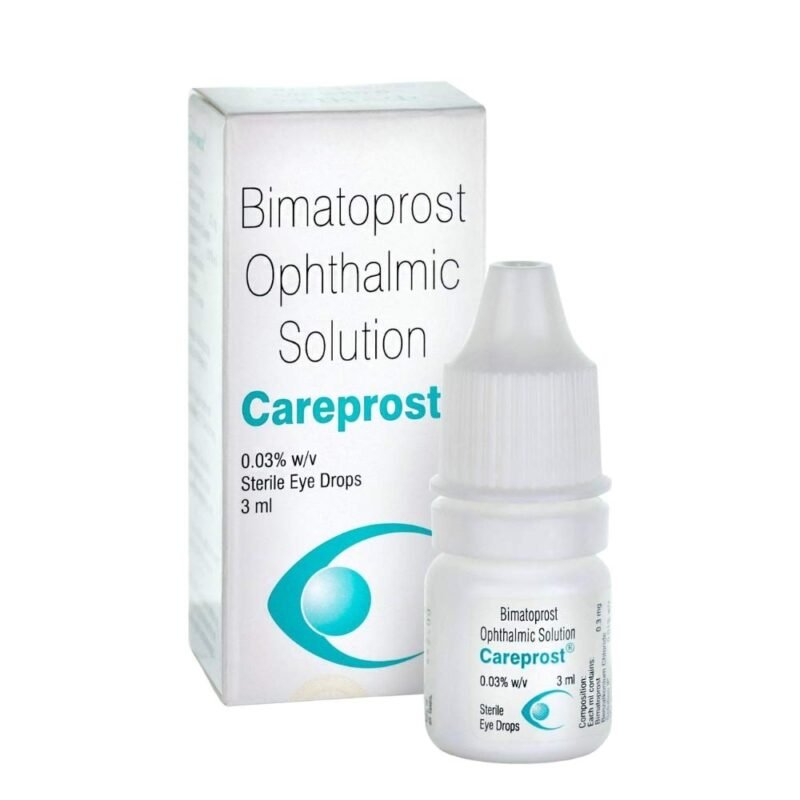
Eye Care
Your eyes are an important part of your health. Most people rely on their eyes to see and make sense of the world around th…
- Popularity
Eye Care
Introduction
Your eyes are an important part of your health. Most people rely on their eyes to see and make sense of the world around them. But some eye diseases can lead to vision loss, so it is important to identify and treat eye diseases as early as possible. You should get your eyes checked as often as your health care provider recommends it, or if you have any new vision problems. And just as it is important to keep your body healthy, you also need to keep your eyes healthy.
Types Of Eye Problems
- Glaucoma
- Cataracts
- Age-Related Macular Degeneration (AMD)
- Retinal Detachment
- Conjunctivitis (Pink Eye)
- Uveitis
- Eye Allergies
- Sty (Stye)
- Keratoconus
- Blepharitis
- Chalazion (Eyelid Cyst)
- Corneal Ulcer
- Diabetic Retinopathy
- Farsightedness (Hyperopia)
- Nearsightedness (Myopia)
- Astigmatism
- Color Blindness
Symptoms Of Eye Problems
- Severe, sudden eye pain
- Recurrent pain in or around the eye
- Hazy, blurred, or double vision
- Seeing flashes of light or sudden bright floating spots
- Seeing rainbows or halos around lights
- Seeing floating “spider webs”
- Seeing a “curtain coming down” over one eye
- Sensing a “cup filling up with ink” in one eye
- Unusual, even painful, sensitivity to light or glare
- Swollen, red eyes
- Changes in the color of the iris
- White areas in the pupil of the eye
- Sudden development of persistent floaters
- Itching, burning, or a heavy discharge in the eyes
- Any sudden change in vision
Causes Of Eye Problems
- Inflammation of the eye and surrounding eye structures caused by bacterial, viral, parasitic, or fungal infections
- Injuries to the eye and surrounding eye structures either as a result of trauma or an object in the eye
- Genetically inherited eye diseases, many of which may only manifest later in life (although some children are born with these conditions). Many of these affect the structures and the functioning of the eye and therefore can impair visual abilities.
- Diseases or conditions, such as diabetes or migraine, can affect other organ systems of the body, such as the eyes
- External causes, such as allergies, and eye strain, owing to over-use, or as a side effect of medication.
Prevention of eye problems
- Have periodic eye exams (every 2-3 years for healthy patients under 50, yearly for patients over 50 or those with known health risk factors).
- Know your family’s history of any eye problems.
- Follow a healthy lifestyle. Do you buy eye care products online, if you are not sure of their effects on your body? However, if you are a regular user, you can get them from an online pharmacy or drugstore.
- Eat a nutritious diet for eyesight.
- Wear durable eye protection when involved in activities that could cause traumatic risk to your vision, such as sports, dealing with firearms, playing paintball. Occupations where hammering, cutting, sawing, drilling, or working overhead are other examples.
- Avoid hazards such as fireworks.
Common Medications
- Bimatoprost ophthalmic solution
- Cyclosporin
- Dorzolamide
- Latanoprost
- Chloramphenicol
Myths/Facts
Myth: Reading in dim light is harmful to your eyes.
Fact: Although reading in dim light can make your eyes feel tired, it is not harmful.
Myth: Using a computer screen is harmful to the eyes.
Fact: Although using a computer screen is associated with eye strain or fatigue, it is not harmful to the eyes.
Myth: You do not need to have your eyes checked until you are in your 40s or 50s.
Fact: Several asymptomatic yet treatable eye diseases (most notably glaucoma and diabetic retinopathy) can begin prior to your 40s.
Myth: It is okay to swim while wearing soft contact lenses.
Fact: Potentially blinding eye infections can result from swimming or using a hot tub while wearing contact lenses.
Myth: Children will outgrow “crossed” eyes.
Fact: Children do not outgrow truly crossed eyes. A child whose eyes are misaligned has strabismus and can develop poor vision in one eye (a condition known as amblyopia), because the brain “turns off” the misaligned or “lazy” eye. The sooner crossed or misaligned eyes are treated, the less likely the child will have permanently impaired vision.
Myth: Cataracts can be removed with lasers.
Fact: Cataracts cannot be removed with a laser. The cloudy lens must be removed through a surgical incision. However, after cataract surgery, a membrane within the eye may become cloudy. This membrane can be opened with laser surgery.
Myth: Eyes can be transplanted.
Fact: The eye cannot be transplanted. It is connected to the brain by the optic nerve, which cannot be reconnected once it has been severed. However, the cornea can be transplanted.





